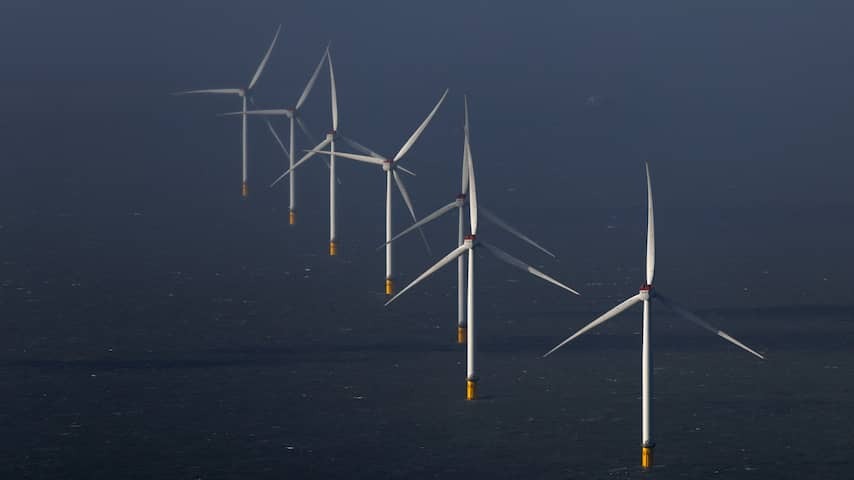
A fifth of Dutch energy consumption was sustainable in 2024
The use of renewable energy in the Netherlands increased again last year, according to figures from statistics office CBS. Currently, 19.8 percent of total energy consumption is renewable. For electricity consumption, that is even half.
In total, 358 petajoules of sustainable energy were used in our country last year. That is more than twice as much as five years ago. The increase is mainly due to new wind turbines at sea and the fact that road traffic has used more biodiesel. Households have also purchased many solar panels and heat pumps.
The largest source of renewable energy is still biomass, which is responsible for about a third of the total. Wind energy also accounts for almost a third of renewable energy. Other sources are solar energy and heat pumps.
Investments in renewable energy twice as high as in gas and oil
Global investments in renewable energy are expected to reach $2.2 trillion (more than €1.9 trillion) this year. That is twice as much as spending on fossil projects for oil and gas, for example. This is according to figures from the International Energy Agency (IEA).
Sustainable projects include solar parks and wind turbines. But also batteries, expansions of the electricity grid or investments in hydrogen plants. The IEA also classifies nuclear energy as a clean source.
According to researchers, the growth of green investments is not only due to the desire to reduce harmful emissions. Countries also want to meet their own energy needs.
This is mainly due to increasing geopolitical tensions such as the trade war between China, the United States and the European Union. The war between Ukraine and Russia is also causing a lot of uncertainty. Russia is an important supplier of oil and natural gas.
‘Mobile neighborhood batteries’ help prevent overloading of Utrecht’s electricity grid
The first plug-in cars that help prevent overloading of the electricity grid have been driving in Utrecht since this week. The electric cars can not only charge at favorable times, but also return power from their batteries to the grid.
Charging station company We Drive Solar wants to use the technology on a large scale. On Wednesday, the first fifty smart shared cars were deployed in the city. We Drive Solar is working together with the municipality, car manufacturer Renault and car sharing company MyWheels.
During the average sixteen hours a day that the shared car is not in use, it is part of a ‘virtual power plant’. It will charge when electricity prices are low and discharge when electricity is expensive. The grid operator can also use the batteries for a fee to prevent overloading of the grid.
We Drive Solar wants to have five hundred “smart plug-in cars” driving in Utrecht in a year and a half. Later this year, the company wants to expand to Amsterdam, Rotterdam and Eindhoven. According to MyWheels director Laurens van de Vijver, many municipalities are enthusiastic because they often reach the limits of the electricity grid.
Missing dog in England returns after 36 days and 160 kilometers of walking
A missing dog in England has returned after 36 days. The dog had only been in the United Kingdom for one day when she ran away on April 25. The five-year-old dog was rescued as a stray in Qatar by a charity and brought to the UK, writes The Guardian.
Several people reported seeing the animal walking in New Forest National Park. She roamed through the regions of Hampshire and Dorset in southern England. The animal traveled approximately 160 kilometers.
The dog also swam about 1.5 kilometers to Brownsea Island, an island in the bay of the coastal town of Bournemouth. Crew members of a ferry took the dog to a veterinarian. The animal had lost a lot of weight, but otherwise it is doing well. A resident of Brownsea Island has indicated that they want to adopt the dog.